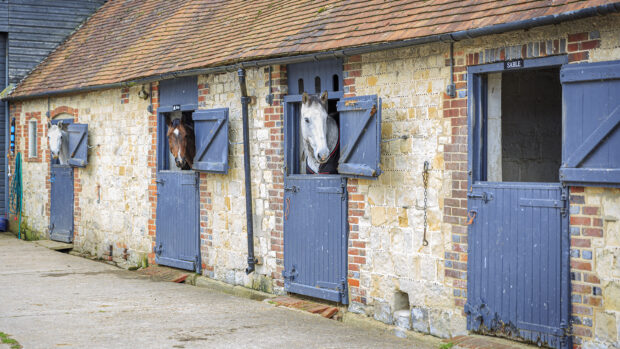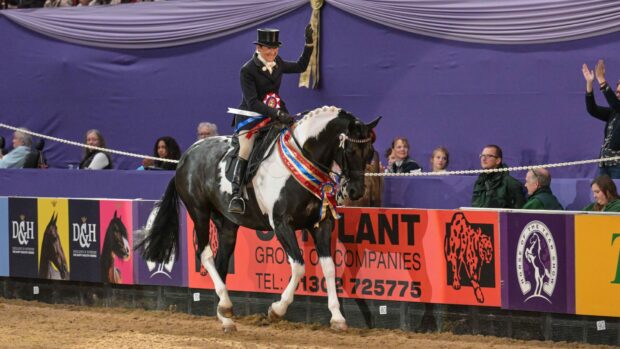A Horse & Hound Podcast promotional feature with Dengie
Welcome to the second part of a two-episode Horse & Hound Podcast promotional feature with Dengie. Horse & Hound’s podcast host Pippa Roome chats to Samy Julliand, a researcher from Dijon, France who runs the Lab to Field research centre and has published a number of papers exploring different dietary approaches to feeding horses that help to reduce the risk of ulcers, plus Dr Katie Williams, technical and product development manager at Dengie, about equine glandular gastric disease, also known as EGGD, and the role alfalfa can play when managing horses with the condition.
You can listen online here or via your favourite podcast app.
Key takeaways
Samy Julliand says: “Today, it’s quite difficult to provide a clear dietary recommendations regarding EGGD, although we’ve observed that alfalfa was quite beneficial for this disease. But the first results we’ve got are quite promising – we were surprised by the magnitude of the benefits when the horses received alfalfa in the clinical trial we did. We’ll continue with further works for the next two to three years. The next clinical trial will probably, if it’s also positive, have the opportunity to provide clearer recommendations regarding the amount of alfalfa that could be beneficial. If the next trial confirms the preliminary results, then this kind of advice will be much safer to follow.”
Dr Katie Williams says: “Over the two podcasts that we’ve done, I think the key thing is to consider that ESGD (equine squamous gastric disease) and EGGD are very different diseases and even when they’re occurring together, they may not be related, but we’re still applying the same basic principles. So more turnout, if you can; less starch in the ration, if you can; and just trying to reduce the amount of stress the horse is exposed to. That can be inherently difficult to do and often leads us as horse owners – and professionals trying to help horse owners in these scenarios – with some tricky conundrums. But definitely increase the amount of forage in the ration, and reduce the reliance on starch. They’ve got to be the two key things to do that anyone can apply.”
- Listen to the podcast in full to learn more
- Listen to episode one of this Horse & Hound Podcast promotional feature with Dengie



